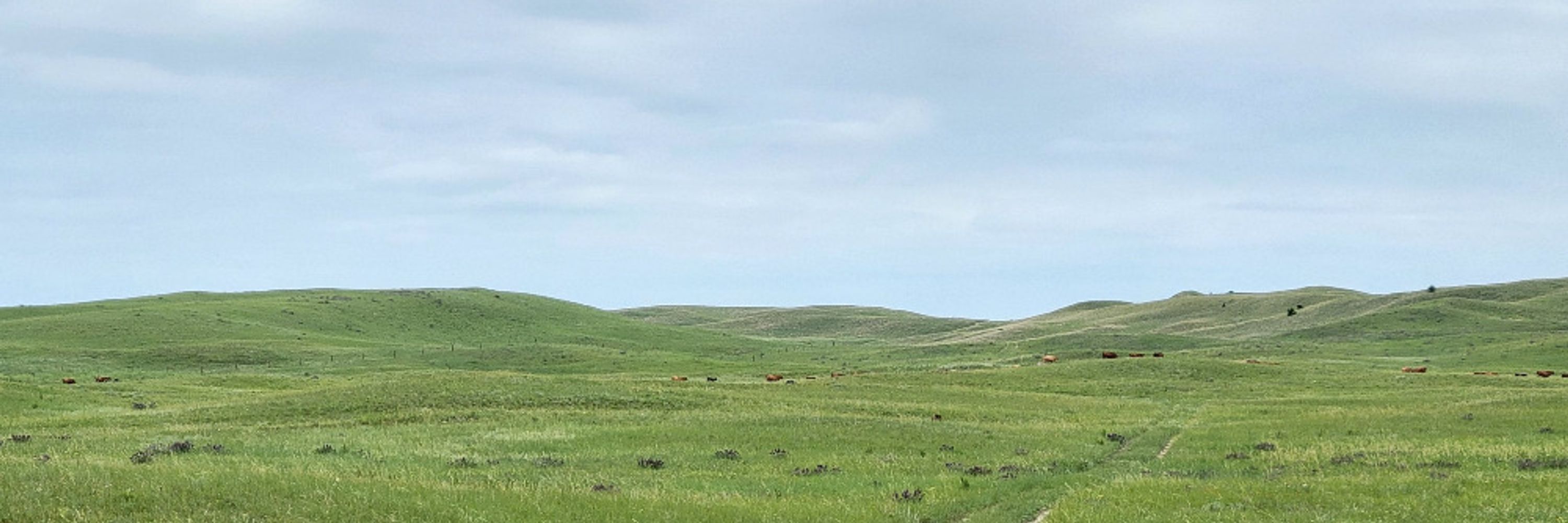
www.bloomberg.com/news/article...

www.bloomberg.com/news/article...



This AM: Dense fog over southern Wisconsin.
This PM - Thanksgiving: A windy winter storm will bring heavy snow to northern Wisconsin.
Widespread 12”+ totals and blizzard conditions possible. Parts of Ashland and Iron Counties could see 20-30” of snow!


www.beefmagazine.com/market-news/...

www.beefmagazine.com/market-news/...
Here is a link if you'd like to read it: doi.org/10.5281/zeno...
Here is a link if you'd like to read it: doi.org/10.5281/zeno...
Querol et al., ES&T Air: Desert Sand and Dust Storms and Desert Dust Episodes: Major Patterns to be Accounted for to Protect the Health of Exposed Population: A Review
doi.org/10.1021/acse...

Querol et al., ES&T Air: Desert Sand and Dust Storms and Desert Dust Episodes: Major Patterns to be Accounted for to Protect the Health of Exposed Population: A Review
doi.org/10.1021/acse...

This AM: Dense fog over southern Wisconsin.
This PM - Thanksgiving: A windy winter storm will bring heavy snow to northern Wisconsin.
Widespread 12”+ totals and blizzard conditions possible. Parts of Ashland and Iron Counties could see 20-30” of snow!


This AM: Dense fog over southern Wisconsin.
This PM - Thanksgiving: A windy winter storm will bring heavy snow to northern Wisconsin.
Widespread 12”+ totals and blizzard conditions possible. Parts of Ashland and Iron Counties could see 20-30” of snow!

I'm working on a published version and would love any feedback you have as well.
www.scottcave.net/blog/2025/10...

I'm working on a published version and would love any feedback you have as well.
www.scottcave.net/blog/2025/10...
The facility has no food vendor, no medical care, and detainees have to use toilets in the middle of shared cells. These are in no way suitable conditions to be holding anyone — period.
The facility has no food vendor, no medical care, and detainees have to use toilets in the middle of shared cells. These are in no way suitable conditions to be holding anyone — period.
[Original post on mastodon.ozioso.online]

[Original post on mastodon.ozioso.online]



![Comic: Typical Geologic core sample. [Cylindrical core sample with labels for difference sections from top to bottom] Topsoil, till, granite bedrock, bottomsoil, roof of subway car, floor of subway car, more granite, municipal water main [gouge in core sample], slightly different granite, piece of screaming spelunker’s forearm, cool crystals with no resale value, mangled fragments of drillbit from previous attempt, some boring intrusive rock that’s basically granite but has a name like “diorite” or “Andalite” that you always have to look up, netherrack, Balrog wing. [break between next chunk of core sample] Granite, topsoil, cement, floorboards, carpet, possessions of a confused and angry homeowner in the other hemisphere.](https://cdn.bsky.app/img/feed_thumbnail/plain/did:plc:cz73r7iyiqn26upot4jtjdhk/bafkreicffnydtpbb2x24cfbblv2qtcwbr37zyw44vtqx47ocj2a26b2j2u@jpeg)